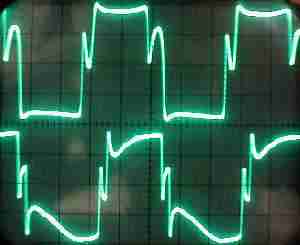I'm wondering...
If I use a tube that is rated high gain or tested for high gain as the pre-amp gain tube (V1) will the amp:
a) have more distortion, smoother sustain?
OR
b) distort later when I turn up the gain control? That is, will the tube handle higher gain WITHOUT distorting?
To a more specific question:
If I can choose between "JJ /Tesla ECC-83-S" (JJ's regular 12AX7) and "JJ / Tesla ECC-803-S", described as a "High-gain 12AX7" to use as the pre-amp gain tube (V1) in a JCM800 2204 50W amp, which would give me a warmer, fatter, "endless sustain" type sound?
Thanks!
If I use a tube that is rated high gain or tested for high gain as the pre-amp gain tube (V1) will the amp:
a) have more distortion, smoother sustain?
OR
b) distort later when I turn up the gain control? That is, will the tube handle higher gain WITHOUT distorting?
To a more specific question:
If I can choose between "JJ /Tesla ECC-83-S" (JJ's regular 12AX7) and "JJ / Tesla ECC-803-S", described as a "High-gain 12AX7" to use as the pre-amp gain tube (V1) in a JCM800 2204 50W amp, which would give me a warmer, fatter, "endless sustain" type sound?
Thanks!








Comment